
Tinea capitis is a superficial fungal infection that affects the scalp. This condition is also known as Herpes tonsurans, Ringworm of the hair, Ringworm of the scalp, and Tinea tonsurans. This fungal infection is usually caused by Dermatophytes in the Trichophyton and Microsporum family that are known to invade hair shaft. Typically, the disease manifests in patches of hair loss accompanied by inflammation and irritation. The disease usually affects children, more frequently boys than girls. This is an infectious disease that is relatively easy spread between humans, animals or even objects that harbor the fungus. This is why prevention is very important.
Symptoms and causes of Tinea capitis
Tinea capitis is usually diagnosed based on the appearance of the scalp. The skin of the scalp can appear thickened, scaly, sometimes swollen, with raised red patches and localized loss of hair. In most cases patients complain about itching, dandruff and burning sensation. The exact symptoms depend on the type of tinea capitis. Three main types are microsporosis, trichophytosis, and favus, based on the causative fungus.
Microsporosis is characterized by small red papules around hair shaft. The hair breaks up to 3 mm above the scalp and the area around the shaft usually becomes scaly. This infection is typically spread by cats.
Trichophytosis causes dry but non-inflamed patches usually with black dots that form when the hair breaks off at the opening of the follicle.
Favus is distinguished by circular yellowish crusts that usually grow in a honeycomb pattern. This type of infection is endemic in South Africa and the Middle East.
Prevention of Tinea capitis
Like any other fungal infection, this one is successfully prevented by keeping good general hygiene. People are encouraged to shampoo the scalp regularly, and especially after having a haircut. If someone in the family or close environment is suffering from fungal infection, it is advised to take special antifungal shampoo that contains ketoconazole or selenium sulfide, to stop spreading the infection. Shampoo is used two to three times a week for around 6 weeks. People should also use only clean towels washed in soapy water and dried well. It is also recommended to clean combs and brushes and disinfect them two times a week by keeping them in a mixture of one-half bleach and one-half water. As a general rule, people should not share hairbrushes, combs, hats, pillows and towels with others. The same goes for bedding, linens, razors and all other items used for personal hygiene.




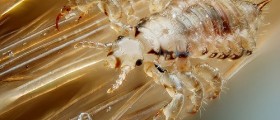

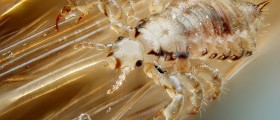
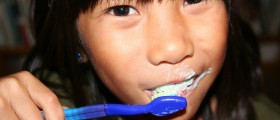
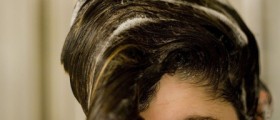
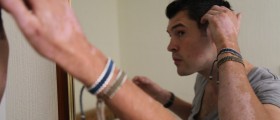


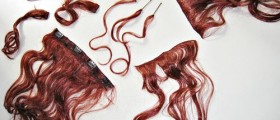
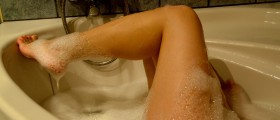

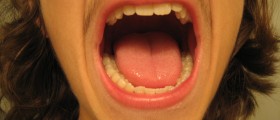

Your thoughts on this
Loading...